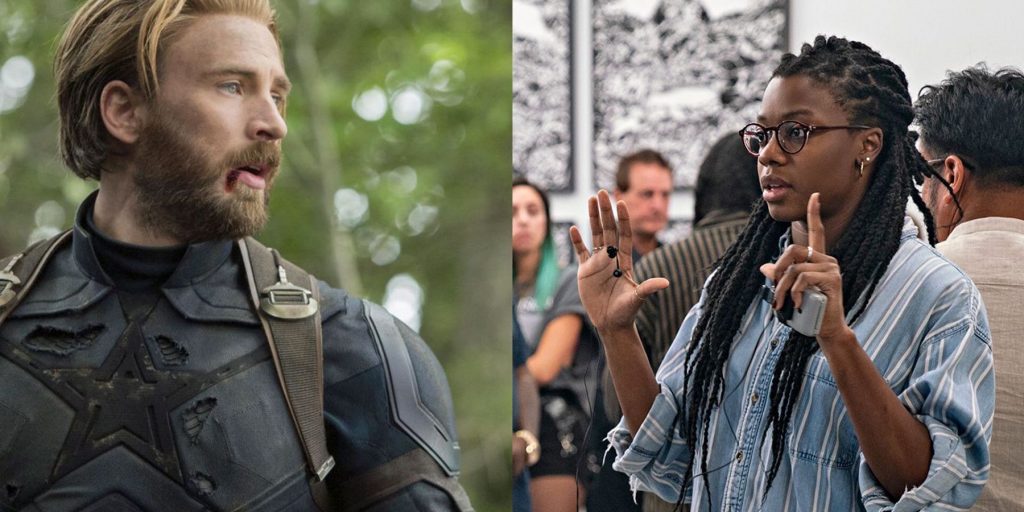The Marvels Director Is Wrong: Captain America Is Not At Fault For The Snap
In an interview with Inverse, The Marvels director Nia DaCosta made a lighthearted reference to Captain America being a villain or anti-hero because of his refusal to accept Vision’s offer to be killed by Wanda in Avengers: Infinity War.
The Marvels Directos’s Argument

Her argument is appealing because it recalls a Star Trek axiom: the needs of the few outweigh the needs of few, or the one. When Steve Rogers, Wanda Maximoff, Sam Wilson, and Natasha Romanoff, arrive at Avengers headquarters with a wounded Vision, Captain America immediately sets the terms of engagement with the Secretary of Defense. He’s not looking for permission or forgiveness, and he’ll fight anyone who stands in his way. This is the clearest case for DaCosta’s interpretation of his actions because, at the time, he is not only avoiding accountability but is also declaring war on the United States government if his demands aren’t granted.
That being said, the core of DaCosta’s argument, and one that is most likely not based on any solid evidence, is that his decision to spare Vision’s life resulted in the loss of half of all life in the universe, but this is just not true. Vision is destroyed with the Mind Stone at the end of Infinity War, as a final option, just as Cap had anticipated. Because they’ve run out of time, Wanda abandons her purpose of safely separating him from the Stone, shattering it to keep it out of Thanos’ reach. When the Mad Titan, now in possession of the Time Stone, lands on Earth, he discovers that he has arrived too late.
MCU Phase 4 & 5 Quiz
Thanos Already Had The Time Stone

Thanos already has the Time Stone and uses it to rewind events to the moments before Wanda destroyed his prize, so this is irrelevant. Then he rips it out of Vision’s head, leaving a lifeless synthezoid husk behind. Tony Stark and Doctor Strange were in space developing their own plan. Though Strange had to be persuaded, they agreed to take the fight to Thanos for two reasons: to minimise collateral damage on Earth and to ambush him in a location where he believes he is secure. They made this decision independently of Rogers’ decision on Earth, and this is the final outcome. There are also good-faith reasons for the folly of this technique, but the fact that it almost worked serves as proof.
Sorcerer Supreme Had Explored All The Possibilities

Only one of the 14,000,605 different futures explored by the Sorcerer Supreme stood a possibility of succeeding: the endgame. If Strange hadn’t consented to meet Thanos on Titan, it’s unknown if there would have been other futures where Thanos would have failed. He reconstructs the timeline from a point after that decision was made, but none of Captain America’s thoughts or actions impacted his decision. Strange, presumably, would have seen and implemented that plan instead if there had been a method to prevent Thanos from retrieving the Time Stone.
Tony’s Survival Was Necessary

When Thanos is poised to kill Tony, Strange intervenes, not out of any newfound companionship gained in the fight, but because his survival was the only way to stop Thanos. Tony needed to not only use scientific methods to create time travel, but also to use the gauntlet himself to undo what Thanos had done.
Whatever importance Rogers places on Vision’s life, giving him any role in Thanos’ victory or defeat is far too much credit. It was all moot after Thanos had the Time Stone, and it appeared that there was no way in the 14,000,605 potential endings Strange imagined him not having it. Any destruction of Vision could be rewound to the moment before it occurred, and Thanos could simply grab the Mind Stone at that point. Fans know it’s conceivable because it’s exactly what happened and what would have happened in the first place.





